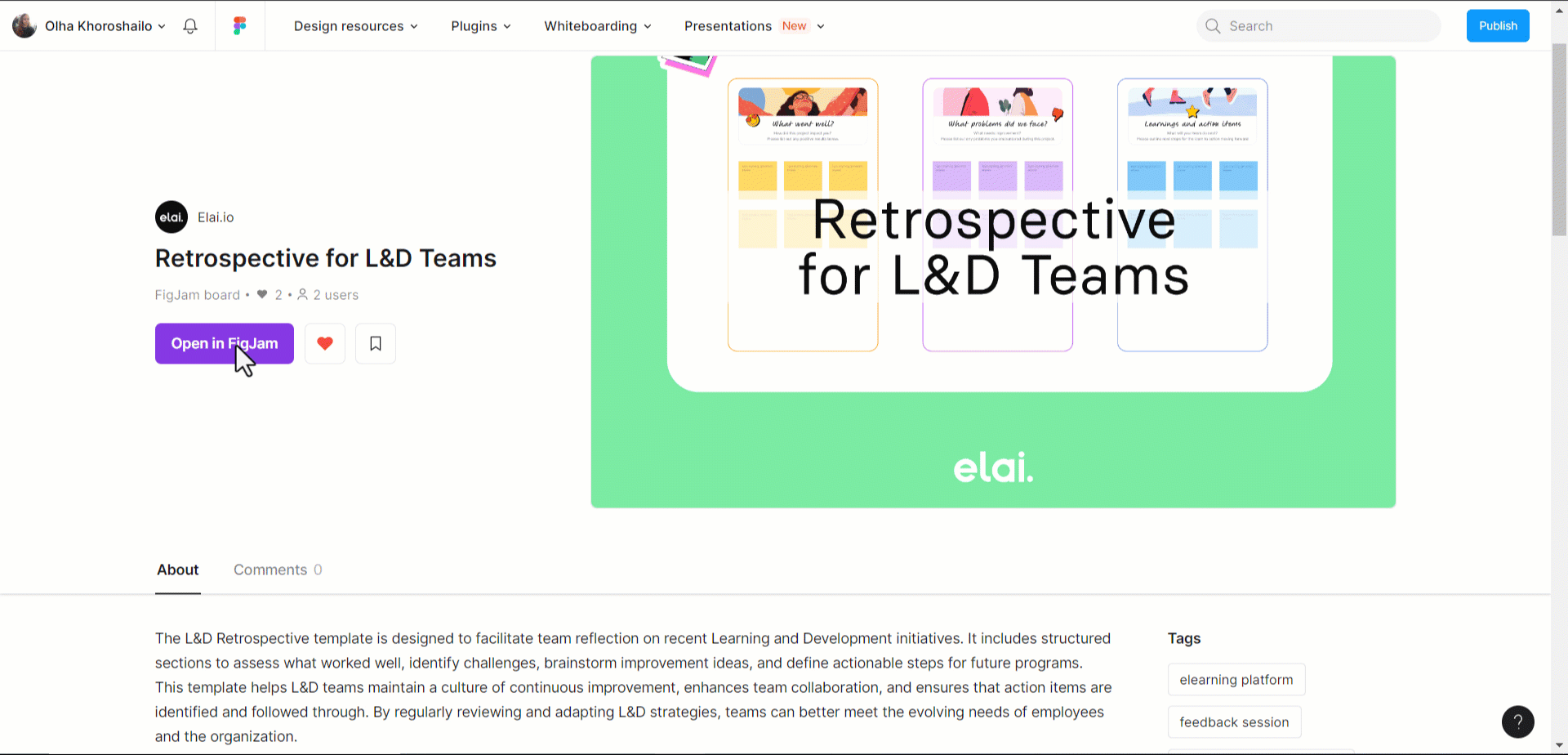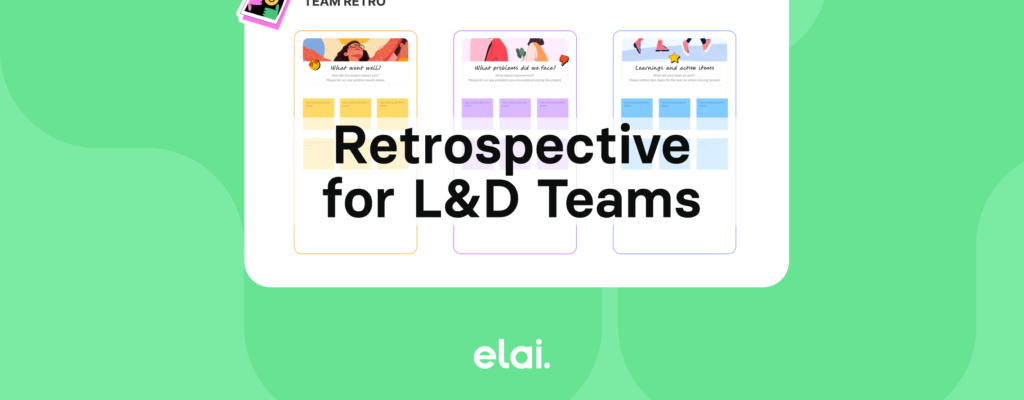As the L&D environment constantly evolves, it is crucial to remain effective and up-to-date. Since L&D teams are focused on creating and facilitating effective learning experiences, retrospectives are a valuable resource for reflection, improvement, and optimization. Originally, the idea of learning-themed retrospectives came from Agile project management and now it is a widely used practice for teams that want to assess the effectiveness of the strategies and methodologies used. In the context of L&D teams, retrospectives can help create change as it is possible to identify what changes should be made to learning initiatives in order to better align with the needs of the learners and the organization.
What is a Retrospective?
A learning retrospective is a formal meeting where a team discusses past projects, processes, or activities in order to evaluate strengths, weaknesses, and opportunities. It is not about focusing on the negative but encouraging free discussion and coming up with solutions that will help avoid similar problems in the future.
Within L&D, retrospective learning enables the analysis of the outcomes of training initiatives, the productivity of the processes used in the development of instructions, and the influence of learning activities. These meetings assist in guaranteeing that each project is beneficial to the team’s constant success and development.

Why are Retrospectives Important for L&D Teams?
L&D teams have to deal with several challenges, including changing learning requirements, aligning strategy with business needs and, emerging new technologies. These challenges are then effectively dealt with, through the use of learning culture with retrospectives, as a way of promoting reflection and learning among the team members. Here’s why they matter:
Continuous Improvement
Learning and Development is a dynamic field. This way L&D teams can always be on the lookout for what is effective and what is not and make changes to the training programs as and when required to suit the new trends and the needs of the organization.
Increased Accountability
The proper learning retrospective example helps to maintain the team’s responsibility by going back to the action points discussed during the previous meetings and making sure that they were done and changes were made.
Enhanced Collaboration
These meetings promote free flow of information where the team members can give their opinions, suggestions and even come up with solutions to issues that may be facing the team. This results in better team cohesiveness and improved ideas generation.
Alignment with Organizational Goals
Reflection helps in making sure that learning initiatives are still aligned with the overall organizational goals. It allows teams to notice when projects are off track and correct the situation.
Data-Driven Decisions
L&D Retrospective is useful in that it allows for the evaluation of data and feedback from training programs. This information can be used by L&D teams to make more effective decisions regarding the content, the way it is delivered, and how the learners are engaged.
Download a Free Retrospective Template
Ready to enhance your retrospectives for L&D template? Download a free Retrospective Template in Figma here to streamline your process and keep your team focused on continuous improvement.
